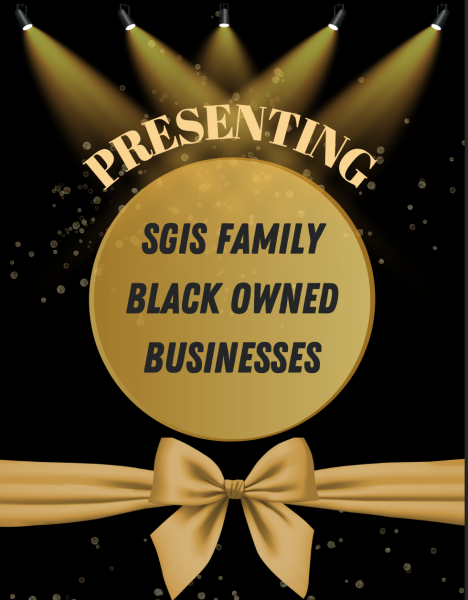Halloween is Weird.
Have you ever thought that Halloween traditions are very random and weird? Well, they’ve all come from different origins, coming together to create what Halloween is to us today, but if you think about them alone, they’re a little strange. Trick or treating, pumpkin carving and haunted houses are three Halloween traditions that made me curious about the history behind Halloween traditions.
Trick-or-treating has very murky origins. According to National Geographic and History, some of the guesses of how trick-or-treating started are Samhain and Belsnickeling. Samhain first heard of in the ninth century before Halloween, is a Celtic festival that takes place from October 31 through November 1, where Celtic Pagans believe that the separation between the living and the dead is the thinnest. During the festival there would be bonfires, ghoulish disguises to hide from the dead and mumming, which is when people wear costumes and perform for food and food laid out to win favor of the dead spirits. The other guess is Belsnickeling, a traditionally German Christmas custom where people would go from house to house to do a trick for a food or drink. Belsnickeling also sometimes involved people rattling windows and other things similar to that, so they’d get a treat to stop, which likely created the use of the phrase “trick or treat.” Whichever prior tradition or mix of traditions might have been the beginning of trick-or-treating, it developed into what we have today when it came to America from immigrants, becoming popularized when the Irish Potato Famine occurred from 1845 to 1852.
Pumpkin carving actually came about from an Irish myth about a “Stingy Jack.” According to Britannica, in this myth, Stingy Jack tricked the devil for money. When Jack died, God wouldn’t let him into heaven, and the devil wouldn’t let him into hell, so Jack was sentenced to roam the earth for all of time. Because of this myth, people in Ireland began carving ghoulish, demonic faces into turnips, which were common there, to scare Jack’s soul and move him away. This is what created the name “jack-o’-lanterns.” When the Irish Potato Famine occurred and this tradition moved into America, turnip carving turned into pumpkin carving because pumpkins were common during fall in America. Pumpkin carving then became a part of Halloween quickly because it was spooky and connected to keeping away dead spirits.
Haunted houses are a more recent tradition of Halloween in America. According to Smithsonian and History, Halloween was seen in America as a time for boys to create mischief and not get in trouble for it, but this changed when the Great Depression made the antics during Halloween worsen. The antics escalated to flipping over cars, sawing off telephone poles, property damage and more. The public’s concern and anger rose along with the escalation to the point where it was thought to ban Halloween in all. The fix parents found to keep their sons off the streets and from causing mischief was haunted houses and trails of terrors. Parents would organize scary scenes in their basements or homes and trails from house to house with different scary scenes. Haunted houses became truly a popular thing for Halloween though when Walt Disney decided to make one of his own. Disneyland’s Haunted Mansion opened in 1969 and was quickly a success. This allowed more and more haunted houses to charge fees and become a common thing in America for Halloween.
Halloween is composed of many different traditions and beliefs coming together and making the fun holiday we celebrate. Knowing how many different stories and cultures connected to bring about this day of fun is something that might make Halloween that much more special to us as we trick-or-treat or dress up in costumes for the end of October.











Pat Burns • Oct 29, 2022 at 4:07 PM
Great job! Interesting and informative .